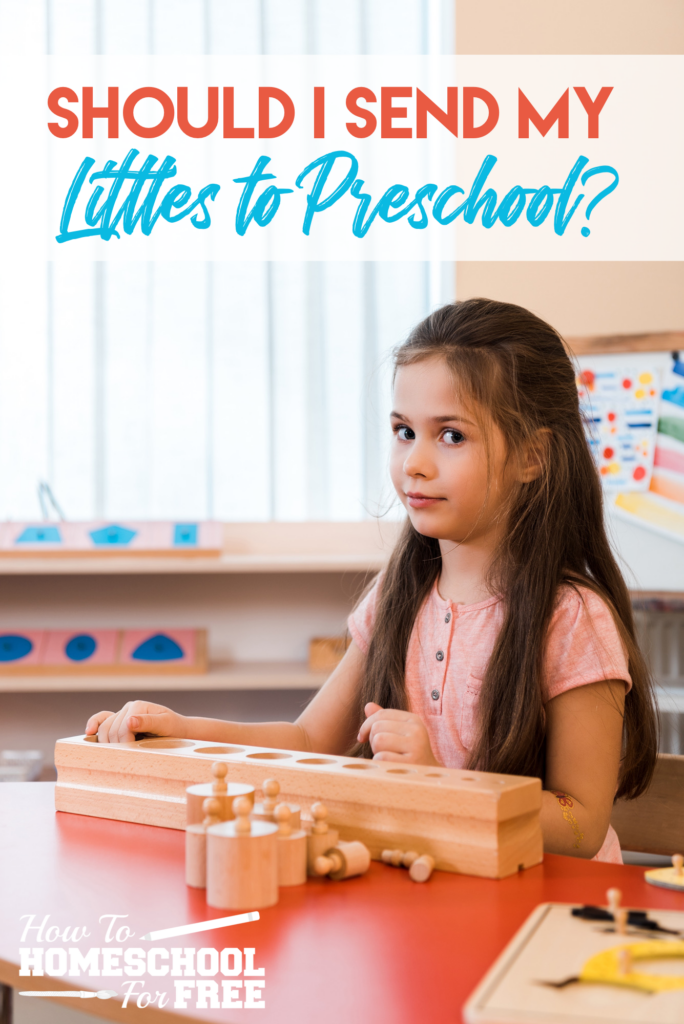
Reading
I’m a stickler about this one all year! Over summer vacation, I encourage the kids to read but I let them follow their own interests, rather than whatever their curriculum calls for. Some of our favorite titles can be found in these summer reading ideas for teens and elementary-aged kids.
Science
I love documentaries and thinking through the questions they often provoke! My kids also really enjoy watching experiment videos on YouTube. Sometimes we try them ourselves and sometimes we just watch. More general science concepts are well represented on these YouTube channels as well, and we always discuss and dive deeper into subjects of particular interest.
History
Did I mention my love for documentaries? Well, it’s been successfully passed to my kids and historical documentaries are a fabulous way to learn important lessons from the past. The big streaming services have a variety to choose from, though I find many to be inappropriate for children, so I pick and choose carefully. But YouTube can be another good option here, with a healthy dose of parental monitoring. These are our favorite, kid-friendly history channels!
Math
Math is just a part of everyday life, so it’s actually really simple to incorporate discussion and learning if you put just a little thought into it. Here are my favorite ways to keep practicing math over a break!
Bible
Scripture memorization is a foundation of education for us, and I’ve used many methods over the years with varying levels of success. This Scripture memory system has been the most effective, and it’s not strictly regimented, making it a perfect summer-time supplement!





 Passion Week (the week starting with Palm Sunday and ending with Easter/Resurrection Sunday) is an amazing time to focus on the Resurrection of Jesus while incorporating intellectual and spiritual activities to teach our children to grow in the grace and knowledge of our Lord Jesus Christ. Here are five free activities that you can incorporate into your homeschooling curriculum to make this special time even more meaningful:
Passion Week (the week starting with Palm Sunday and ending with Easter/Resurrection Sunday) is an amazing time to focus on the Resurrection of Jesus while incorporating intellectual and spiritual activities to teach our children to grow in the grace and knowledge of our Lord Jesus Christ. Here are five free activities that you can incorporate into your homeschooling curriculum to make this special time even more meaningful:







